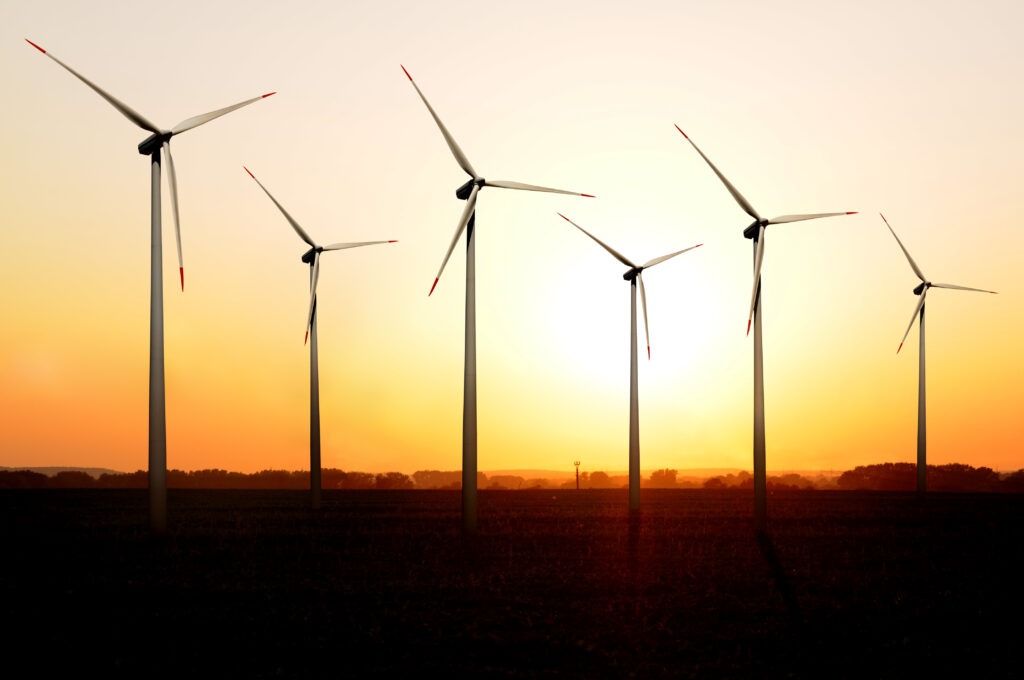September 30, 2022
3:00 pm / 4:30 pm
Venue
Olin Hall 305

This lecture is being co-hosted by the Center for Environmental and Applied Fluid Mechanics (CEAFM). It can be attended in person in Olin Hall 305, as well as virtually on Zoom.
Title: Enabling renewable energy growth by addressing challenges in the atmospheric science of wind energy
Abstract: As the world moves away from fossil fuels and towards more renewably-generated electricity, interdisciplinary challenges become more prominent. In the wind energy arena, the intersection of atmospheric science, engineering, and applied mathematics offer several interesting areas of research. In this talk, I will first survey some of the “Grand Challenges” of wind energy and then delve into details of specific areas of my research. These challenges include approaches for turbulence modelling, assessing the impacts of wind turbine wakes in the US East Coast wind resource areas, and quantifying uncertainty in those wakes.
At the most fundamental scale, the representations of atmospheric turbulence in numerical weather prediction models require revision, especially given that our simulation capabilities have outstripped some of the theoretical underpinnings. New observational approaches have let us measure the dissipation rate of turbulence kinetic energy in a broad range of circumstances so that we can document the inadequacies of current model parameterizations. I will present our observational methods and the variability of dissipation rate, and suggested machine-learning-based approaches for improving representation of dissipation rate in numerical weather prediction models.
At a larger spatial scale, an individual wind turbine will create a wake downwind. This wake region of slower wind will undermine power production of neighbouring turbines. The wake itself will vary with atmospheric conditions, and so predicting wake variability becomes critical for integrating large amounts of renewably-generated electricity into power grids. I will survey approaches for representing approaches for representing wakes in numerical weather prediction models and share some recent results of wake variability in the US East Coast wind resource areas, including some surprising insights into how those wakes affect meteorological phenomena like sea breezes.
Bio: Prof. Lundquist leads an interdisciplinary research group in the Dept. of Atmospheric and Oceanic Sciences, University of Colorado, with a joint appointment at the National Renewable Energy Laboratory. Her research group uses observational and computational approaches to understand the atmospheric boundary layer, with emphasis on atmospheric influences on turbine productivity, turbine wake dynamics, and downwind impacts of wind energy. Before joining CU-Boulder, Dr. Lundquist designed and led wind energy projects at Lawrence Livermore National Laboratory. Her Ph.D. is in Astrophysical, Planetary, and Atmospheric Science from CU-Boulder, as is her M.S. degree. She studied English and Physics as an undergraduate at Trinity University, San Antonio, Texas. She has authored or co-authored over 120 refereed publications and over 200 conference presentations. Beyond wind energy, her current research projects include assessment of dissipation rate in the atmospheric boundary layer (NSF-CAREER), flow in complex terrain (NSF: Perdigão), and improving simulation capabilities for wildfire (DOI) and urban fires (OPP). She is a Fellow of the American Meteorological Society.
